Design Your Room in Easy Steps

Today’s topic is how to design your room in easy steps! Whether you don’t have the budget to hire an interior designer or simply enjoy the idea of doing it yourself, designing a room from scratch can be intimidating for the uninitiated. Keep in mind that interior design is more art than science, and there are no hard and fast rules about how to decorate a room. But if you’re looking for a roadmap, this start-to-finish guide will help you visualize all the steps required to design your space like a pro.
Design Your Room in Easy Steps: Create A Mood For Your Room
Instead of asking yourself what you want your space to look like, ask yourself how you want it to feel, and let that guide you toward colors, textures, furniture choices, and décor. A light and airy zen oasis might suggest minimal furniture and natural materials. An energizing, casual family space may include bold colors and patterns. Focusing on mood rather than a particular style or trend will help you to create an eclectic space that works for you.

Be Real and Original
Rather than striving for some aspirational vision of how you think your life should look, design your space for the way that you live now. If you have kids or pets, choose upholstery fabrics and surfaces that can take a beating and still look great. If you live alone and rarely entertain, there is no need to hog floor space with a dining table for six. If you work from home, move that makeshift office in the corner of the living room into the spare room that only gets used during the holidays. And before you buy anything, come up with a realistic budget that will help you prioritize spending along the way.
Let Go
If you’re redecorating, start by eliminating anything you don’t use, need, or adore. If you’re designing an empty room from scratch, think before you bring anything in. There is room in any space for personal items and the things that matter, but successful interior design starts by embracing the essential and building from there.
Imagine Colours
Whether you want to keep it neutral or have your mind set on an eye-catching color palette, deciding early on will help you create a cohesive look. Neutral rooms can be brightened with accessories that can be changed out easily. If you’ve decided you want your room to be an ode to green or pink or blue, pick three complementary shades to keep it interesting. If you like the look of an all-white room, sticking to shades of white allows you to mix and match furniture styles and periods with ease.
Rugs play a crucial role in interior design, serving both functional and decorative purposes. They can anchor a room, define distinct zones within an open-plan layout, and add warmth, texture, and visual interest to a space. A carefully selected rug can also help to balance the proportions of a room, complement the existing colour scheme, and even influence the perceived size and shape of the space.
Factors to Consider When Choosing a Rug for Your Room
When selecting a rug for your room, there are several important factors to consider. These include the size and shape of the space, the existing furniture and décor, the desired mood and style, and your personal preferences. It's also essential to take into account the room's traffic patterns, the level of durability required, and your budget.
Different Types of
Rugs and Their Char
acteristics
The world of rugs is vast and diverse, with a wide range of materials, constructions, and designs to choose from. From classic wool and natural fibre rugs to modern synthetic options, each type offers its own unique set of characteristics and benefits. Understanding the differences between these rug varieties can help you make an informed decision that aligns with your needs and aesthetic preferences.
Wool Rugs
Wool rugs are a timeless and popular choice, known for their durability, softness, and natural resistance to stains and wear. They come in a variety of weaves, including hand-knotted, hand-tufted, and machine-woven, and offer a wide range of patterns and colours.
Natural Fibre Rugs
Natural fibre rugs, such as those made from jute, sisal, or seagrass, bring a warm, organic feel to a space. They are often more affordable than wool rugs and work well in casual, bohemian, or coastal-inspired interiors.
Synthetic Rugs
Synthetic rugs, crafted from materials like polypropylene or polyester, are a practical and budget-friendly option. They are typically easier to clean and maintain than natural fibre rugs, making them a suitable choice for high-traffic areas.
Patterned Rugs
Patterned rugs, whether featuring bold geometric designs, intricate florals, or abstract motifs, can add a strong visual statement to a room. They work particularly well in spaces with a more eclectic or contemporary style.
Solid-Colour Rugs
Solid-colour rugs, on the other hand, offer a more understated and versatile option. They can help to create a calming, cohesive look and are easy to integrate into a variety of design schemes.
How to Select the Right Size and Shape of Rug for Your Space

The size and shape of the rug you choose can have a significant impact on the overall look and feel of your room. As a general rule, the rug should be large enough to anchor the furniture arrangement and create a cohesive, balanced look. For living rooms, the rug should extend at least a few inches beyond the edges of the sofa and coffee table. In dining rooms, the rug should be large enough to accommodate the table and chairs, with at least 2-3 feet of clearance on all sides.
When it comes to shape, square and rectangular rugs are the most common and versatile options, suitable for a wide range of room layouts. Round or oval rugs, on the other hand, can add a softer, more organic feel to a space and work well in circular or irregularly shaped rooms.
Colour and Pattern Choices for Rugs
The colour and pattern of your rug can have a profound effect on the overall mood and style of a room. Neutral tones, such as beige, grey, or ivory, create a soothing, timeless look and pair well with a variety of décor styles. Bolder, more vibrant colours can inject energy and personality into a space, while patterned rugs can add visual interest and a sense of movement.
When selecting the colour and pattern, consider how they will complement the existing colour palette and furnishings in the room. You may also want to take into account the room's natural lighting, as this can significantly impact how the rug's hues and patterns are perceived.
Styling and Placement of Rugs in Different Rooms

The way you style and position a rug can greatly influence the overall look and feel of a room. In the living room, for example, you might choose to place the rug under the coffee table, with the front legs of the sofa and armchairs resting on the rug. This creates a cohesive, grounded look and helps to define the seating area.
In the dining room, the rug should be large enough to accommodate the table and chairs, with at least 2-3 feet of clearance on all sides. This not only looks visually appealing but also helps to protect the floor from scratches and scuffs.
Bedrooms, on the other hand, often benefit from a more relaxed, layered approach. You might choose to place a larger rug under the bed, with the front legs resting on the rug, and then layer a smaller, more decorative rug at the foot of the bed.
Design Room Game: Interactive Fun for Aspiring Decorators
Explore your creativity with design room games that offer a virtual playground for interior enthusiasts. These interactive experiences allow you to experiment with layouts, colour schemes, and furniture placement without real-world constraints. Develop your spatial awareness and style preferences while enjoying the challenge of working within budget limitations. Many games offer social features, allowing you to share designs and gain inspiration from other players. Whether you're a professional designer or a hobbyist, design room games provide an engaging way to hone your skills and unleash your imagination.
Interior Design Room: Creating Harmonious Living Spaces
Transform your living areas with expert interior design techniques that balance aesthetics and functionality. Focus on creating a cohesive colour palette that reflects your personal style and enhances the room's atmosphere. Consider the flow of traffic and furniture arrangement to maximise space and comfort. Incorporate a mix of textures and materials to add depth and interest to your design. Don't forget the importance of proper lighting to set the mood and highlight key features. Remember, successful interior design creates a space that not only looks beautiful but also meets your practical needs.

Cozy Design Room: Crafting Comfortable Retreats
Design a warm and inviting room that serves as a sanctuary from the outside world. Prioritise soft textures in furnishings and textiles to create a tactile, welcoming environment. Incorporate warm lighting options like table lamps and dimmer switches to adjust the ambiance. Choose a colour scheme with warm, muted tones to promote relaxation. Consider adding personal touches like family photos or cherished mementos to enhance the sense of comfort. Remember, a cozy room design should engage all the senses to create a truly comforting space.
Kids Design Room: Playful Spaces for Young Imaginations
Create a vibrant and functional room that grows with your child. Incorporate versatile furniture that can adapt to changing needs over the years. Choose a colour scheme that stimulates creativity while remaining calming for sleep times. Include plenty of storage solutions to keep toys and belongings organised. Consider creating designated areas for different activities like reading, playing, and studying. Don't forget to involve your child in the design process to ensure the room reflects their personality and interests.

My Design Room: Personalising Your Perfect Space
Craft a room that truly reflects your individual style and needs. Start by identifying your design preferences and the primary function of the room. Incorporate elements that showcase your personality and interests, such as artwork or collections. Consider the long-term versatility of your design choices to ensure the room can evolve with your changing tastes. Don't be afraid to mix different styles to create a unique look that's all your own. Remember, the most successful personal design reflects not just how you want your room to look, but how you want to feel in it.
Small Design Room: Maximising Space in Compact Areas

Make the most of limited square footage with clever design strategies for small rooms. Utilise multi-functional furniture pieces that serve dual purposes, such as storage ottomans or fold-down desks. Employ vertical space with tall shelving units or wall-mounted storage. Choose a light colour palette to create the illusion of more space and enhance natural light. Use mirrors strategically to reflect light and visually expand the room. Remember, in small room design, every centimetre counts, so focus on creating a space that's both practical and visually appealing.
Colour Design Room: Harnessing the Power of Hues

Transform your space through the strategic use of colour in your room design. Understand the psychological effects of different hues to create the desired atmosphere. Consider using a 60-30-10 rule for a balanced colour scheme in your main colour, secondary colour, and accent colour. Experiment with colour blocking or an ombre effect for a modern twist on traditional painting techniques. Don't forget to consider the natural light in the room and how it affects colour perception throughout the day. Remember, a well-executed colour design can dramatically alter the feel and perceived size of a room.
Door Design Room: Making Grand Entrances
Elevate your room's style with thoughtful door designs that complement your overall aesthetic. Consider unique materials like frosted glass or reclaimed wood for a distinctive look. Explore different door styles such as pocket doors or barn doors to save space or make a statement. Pay attention to hardware choices as doorknobs and hinges can significantly impact the overall look. For internal doors, consider how the design will affect light flow and privacy within the space. Remember, a well-designed door serves as both a functional element and a key design feature in your room.
Ultimate Guide to Room Design and Decoration: 50 Expert Tips
How to design a room step by step?
-
Assess the space
-
Define the room's purpose
-
Set a budget
-
Choose a style or theme
-
Create a floor plan
-
Select a color scheme
-
Choose furniture
-
Add lighting
-
Incorporate storage solutions
-
Accessorize and add personal touches
How to design a room in 12 easy steps?
-
Measure the room
-
Determine the room's function
-
Set a budget
-
Choose a style
-
Create a mood board
-
Plan the layout
-
Select a color palette
-
Choose large furniture pieces
-
Add lighting fixtures
-
Incorporate textiles
-
Add storage solutions
-
Accessorize and personalize
How to design a room in 10 steps?
-
Define the room's purpose
-
Set a budget
-
Choose a style or theme
-
Create a floor plan
-
Select a color scheme
-
Choose major furniture pieces
-
Plan lighting
-
Add storage solutions
-
Incorporate textiles
-
Accessorize and add personal touches
How can I decorate my room in simple way?
-
Declutter and organize
-
Paint the walls a fresh color
-
Add plants for a natural touch
-
Use multifunctional furniture
-
Incorporate textiles for warmth and texture
How to setup a room?
-
Clear the space
-
Plan the layout
-
Place large furniture first
-
Add storage solutions
-
Incorporate lighting at different levels
-
Add textiles and accessories
How to decorate for beginners?
-
Start with a neutral base
-
Choose a focal point
-
Incorporate different textures
-
Use the 60-30-10 color rule
-
Add personal touches gradually
How to design a room for a student?
-
Prioritize a study area
-
Maximize storage space
-
Choose multifunctional furniture
-
Create a comfortable sleeping area
-
Add personal touches for inspiration
How can I design my own bedroom?
-
Determine your style preferences
-
Choose a calming color scheme
-
Invest in a quality mattress and bedding
-
Create a functional layout
-
Add personal touches and artwork
How to start interior design?
-
Study design principles and styles
-
Create a portfolio of inspirational images
-
Practice with small projects
-
Learn about materials and textures
-
Develop your unique style
How to design the perfect space?
-
Understand the room's purpose
-
Consider the flow and functionality
-
Balance aesthetics and practicality
-
Incorporate proper lighting
-
Add personal touches for character
How do you arrange rooms?
-
Determine the focal point
-
Create conversation areas
-
Ensure proper traffic flow
-
Balance the space with furniture placement
-
Use area rugs to define zones
How to organize a single room?
-
Declutter regularly
-
Use vertical storage solutions
-
Invest in multifunctional furniture
-
Create designated zones for different activities
-
Utilize hidden storage spaces
How to design a changing room?
-
Prioritize privacy
-
Include ample storage for personal items
-
Provide seating options
-
Ensure good lighting
-
Use durable, easy-to-clean materials
How to design a room for beginners?
-
Start with a clear vision
-
Create a mood board
-
Focus on essential furniture first
-
Experiment with color through accessories
-
Add layers gradually
How do you style a room?
-
Choose a cohesive color scheme
-
Mix textures and patterns
-
Layer lighting at different levels
-
Add statement pieces for visual interest
-
Incorporate personal items and artwork
What is the first step in designing a room?
The first step is to define the room's purpose and function. This will guide all subsequent decisions in the design process.
How do I plan my room layout?
-
Measure the room accurately
-
Consider traffic flow
-
Identify the focal point
-
Arrange furniture for conversation
-
Use online room planner tools
How to theme a room?
-
Choose a central theme or concept
-
Select a color palette that supports the theme
-
Incorporate themed decor items
-
Use appropriate textures and materials
-
Balance themed elements with neutral pieces
How should I set up my bedroom?
-
Position the bed as the focal point
-
Create a relaxing color scheme
-
Ensure adequate storage
-
Include a comfortable seating area if space allows
-
Layer lighting for different moods
How to create a beautiful space?
-
Focus on balance and proportion
-
Incorporate a mix of textures
-
Use color strategically
-
Add natural elements
-
Include meaningful personal touches
How can we decorate?
-
Start with a clear vision or theme
-
Choose a color palette
-
Incorporate various textures
-
Add layers of lighting
-
Include personal items and artwork
How to decorate a bedroom step by step?
-
Choose a color scheme
-
Select the bed and bedding
-
Add essential furniture pieces
-
Incorporate storage solutions
-
Layer lighting options
-
Add window treatments
-
Include personal touches and artwork
How do I arrange a room?
-
Determine the room's focal point
-
Create a floor plan
-
Arrange large furniture pieces first
-
Ensure proper traffic flow
-
Balance the space with smaller items
How to design an interior space?
-
Assess the space and its function
-
Create a concept or theme
-
Develop a color scheme
-
Plan the layout
-
Choose furniture and decor
-
Add lighting and finishing touches
How to design a room living room?
-
Determine the room's primary function
-
Choose a focal point (e.g., fireplace, TV)
-
Arrange seating for conversation
-
Layer lighting options
-
Add storage and display areas
-
Incorporate personal touches and artwork
How to put a room together?
-
Start with a clear vision or theme
-
Choose large furniture pieces first
-
Add smaller furniture and accessories
-
Incorporate various textures
-
Layer lighting at different levels
-
Add personal touches for character
How to decorate a room wall?
-
Choose a focal point (e.g., artwork, mirror)
-
Consider a feature wall with wallpaper or paint
-
Create a gallery wall with photos or art
-
Add floating shelves for display
-
Incorporate wall-mounted lighting
How do I design my room for work?
-
Choose a dedicated workspace
-
Ensure proper lighting
-
Incorporate ergonomic furniture
-
Add storage solutions
-
Include inspiring decor elements
-
Minimize distractions
How can I design my room myself?
-
Research design styles and find inspiration
-
Create a mood board
-
Measure your space and plan the layout
-
Choose a color scheme
-
Select furniture and decor pieces
-
Add personal touches
How do you step up a room?
-
Declutter and organize
-
Add a fresh coat of paint
-
Update lighting fixtures
-
Incorporate new textiles (e.g., curtains, rugs)
-
Add statement pieces or artwork
How to make an easy room makeover?
-
Rearrange furniture for a fresh layout
-
Add new throw pillows or blankets
-
Incorporate plants or flowers
-
Update window treatments
-
Add or change artwork and accessories
How to design a room in 10 easy steps?
-
Define the room's purpose
-
Set a budget
-
Choose a style or theme
-
Create a floor plan
-
Select a color scheme
-
Choose major furniture pieces
-
Plan lighting
-
Add storage solutions
-
Incorporate textiles
-
Accessorize and personalize
How do I organize my room?
-
Declutter regularly
-
Use vertical storage solutions
-
Invest in multifunctional furniture
-
Create designated spaces for different items
-
Use drawer organizers and storage boxes
How to design a small room?
-
Maximize vertical space
-
Use multifunctional furniture
-
Choose a light color scheme
-
Incorporate mirrors to create illusion of space
-
Opt for streamlined, proportional furniture
How to decorate a room step by step?
-
Define the room's purpose and style
-
Choose a color scheme
-
Select major furniture pieces
-
Add lighting at different levels
-
Incorporate textiles (e.g., curtains, rugs)
-
Add storage solutions
-
Accessorize with personal touches
How to decorate easily?
-
Start with a neutral base
-
Add color through accessories
-
Incorporate plants for a natural touch
-
Use throw pillows and blankets for texture
-
Display personal items and artwork
How do I decorate my bedroom?
-
Choose a calming color scheme
-
Invest in quality bedding
-
Add layers of lighting
-
Incorporate personal touches
-
Include comfortable seating if space allows
-
Use area rugs for warmth and texture
What rooms to decorate first?
-
Start with the living room (main gathering space)
-
Move to the master bedroom (personal retreat)
-
Focus on the kitchen (heart of the home)
-
Address the entryway (first impression)
-
Finish with bathrooms and guest rooms
How can I decorate my room DIY?
-
Create custom artwork
-
Make your own throw pillows
-
Upcycle furniture pieces
-
Create a gallery wall with personal photos
-
Make custom shelving or storage solutions
How can I decorate my own room?
-
Define your personal style
-
Create a mood board for inspiration
-
Start with a color scheme
-
Incorporate meaningful personal items
-
Add layers of texture through textiles
-
Include plants or natural elements
How to easily design a room?
-
Start with a clear vision or theme
-
Choose a color palette
-
Select essential furniture pieces
-
Add lighting at different levels
-
Incorporate personal touches and artwork
Where do I start when designing a room?
Begin by defining the room's purpose and function. This will guide your decisions on layout, furniture, and decor choices.
How do you design a room with art?
-
Choose a focal piece of art
-
Build the color scheme around the artwork
-
Consider scale and proportion
-
Mix different art mediums
-
Use proper lighting to highlight artwork
How do you create a room in the classroom?
-
Define specific learning zones
-
Use flexible seating options
-
Incorporate storage solutions
-
Add educational displays and artwork
-
Ensure proper lighting for different activities
How do I design my study room?
-
Choose a quiet location
-
Invest in a comfortable, ergonomic desk and chair
-
Ensure proper lighting
-
Incorporate storage for books and supplies
-
Add inspiring decor elements
-
Minimize distractions
How to design a room in 12 easy steps?
-
Define the room's purpose
-
Set a budget
-
Choose a style or theme
-
Measure the space
-
Create a floor plan
-
Select a color scheme
-
Choose major furniture pieces
-
Plan lighting at different levels
-
Add storage solutions
-
Incorporate textiles
-
Address window treatments
-
Accessorize and add personal touches
How can I arrange my room?
-
Determine the focal point
-
Create a floor plan
-
Arrange large furniture pieces first
-
Ensure proper traffic flow
-
Balance the space with smaller items
-
Add area rugs to define zones
What are the 10 steps in the interior design process?
-
Assess client needs and goals
-
Develop a design concept
-
Create a budget
-
Measure and create floor plans
-
Choose a color scheme
-
Select furniture and materials
-
Plan lighting design
-
Address window treatments
-
Add accessories and artwork
-
Implement and style the space
How to build a room step by step?
-
Plan and design the space
-
Obtain necessary permits
-
Prepare the site and foundation
-
Frame the walls and roof
-
Install electrical and plumbing
-
Add insulation
-
Install drywall and flooring
-
Paint and add trim
-
Install fixtures and finishes
-
Final inspections and touch-ups
How to decorate for beginners?
-
Start with a neutral base
-
Choose a focal point
-
Incorporate different textures
-
Use the 60-30-10 color rule
-
Add personal touches gradually
-
Experiment with accessories
-
Learn from design resources and inspiration
How to make your room cute?
-
Choose a soft, appealing color palette
-
Add string lights or fairy lights
-
Incorporate plush textures (e.g., throw pillows, blankets)
-
Display personal photos and mementos
-
Add plants or flowers for a fresh touch
-
Use wall decals or removable wallpaper
-
Include fun, quirky accessories
How do I design my room AI?
To design your room using AI, start by selecting a reliable AI interior design tool. Input your room's dimensions and preferences. The AI will generate multiple design options, considering factors like furniture placement and color schemes. Review and refine the suggestions to create a personalized space that reflects your style and needs.
How do you plan your room?
Planning your room begins with measuring the space accurately. Determine the room's purpose and create a layout. Consider traffic flow and focal points. Choose a color scheme and decide on key furniture pieces. Don't forget to plan for lighting and storage. Sketch your ideas or use digital tools to visualize the final result before implementation.
How many patterns in a room?
For a balanced room design, stick to the "rule of three" for patterns. Use one dominant pattern, a secondary pattern at half the scale, and an accent pattern at a quarter of the scale. This creates visual interest without overwhelming the space. Mix different pattern types like florals, geometrics, and stripes for a cohesive yet dynamic look.
How to design your interior?
Designing your interior starts with defining your style and budget. Research inspiration and create a mood board. Plan each room's layout, considering functionality and flow. Choose a color palette that complements your style. Invest in quality, versatile furniture pieces. Layer textures and add personal touches through accessories and artwork. Remember, good lighting is crucial for ambiance.
How to design a break room?
When designing a break room, prioritize comfort and functionality. Include comfortable seating options for relaxation and socializing. Incorporate a kitchenette area with essentials like a microwave and coffee maker. Add entertainment options such as a TV or game table. Use calming colors and natural elements to create a stress-free environment. Ensure proper lighting and acoustics for a pleasant atmosphere.
How to decorate a study?
To decorate a study, focus on creating a productive and inspiring environment. Choose a ergonomic desk and chair for comfort during long work sessions. Incorporate ample storage solutions to keep the space organized. Use a color scheme that promotes focus, such as blues or greens. Add task lighting and natural light sources. Personalize the space with motivational artwork or plants to boost creativity and mood.
Do I need my own space?
Having your own space is crucial for mental well-being and personal growth. It provides a sanctuary for relaxation, self-expression, and privacy. Your personal space allows you to recharge, pursue hobbies, and reflect without interruptions. It can boost productivity and creativity. Even in shared living situations, carving out a dedicated area for yourself can significantly improve your quality of life.
How do I set up a small space?
Setting up a small space requires maximizing functionality and minimizing clutter. Use multi-functional furniture like sofa beds or storage ottomans. Utilize vertical space with tall shelving units or wall-mounted storage. Choose light colors to create an illusion of spaciousness. Incorporate mirrors to reflect light and expand the visual space. Opt for compact, scaled-down furniture to maintain proportion. Regularly declutter to keep the space feeling open and organized.
How do we create space?
Creating space involves clever design techniques and optical illusions. Use light, neutral colors on walls and ceilings to open up the area. Incorporate mirrors strategically to reflect light and create depth. Choose furniture with exposed legs to create a sense of openness. Utilize vertical space with tall shelving and hanging organizers. Declutter regularly and embrace minimalism. Use multi-functional furniture to maximize floor space. Proper lighting can also make a room feel larger and more inviting.
Related Blog Posts
Interior Design Ideas For Inspiration




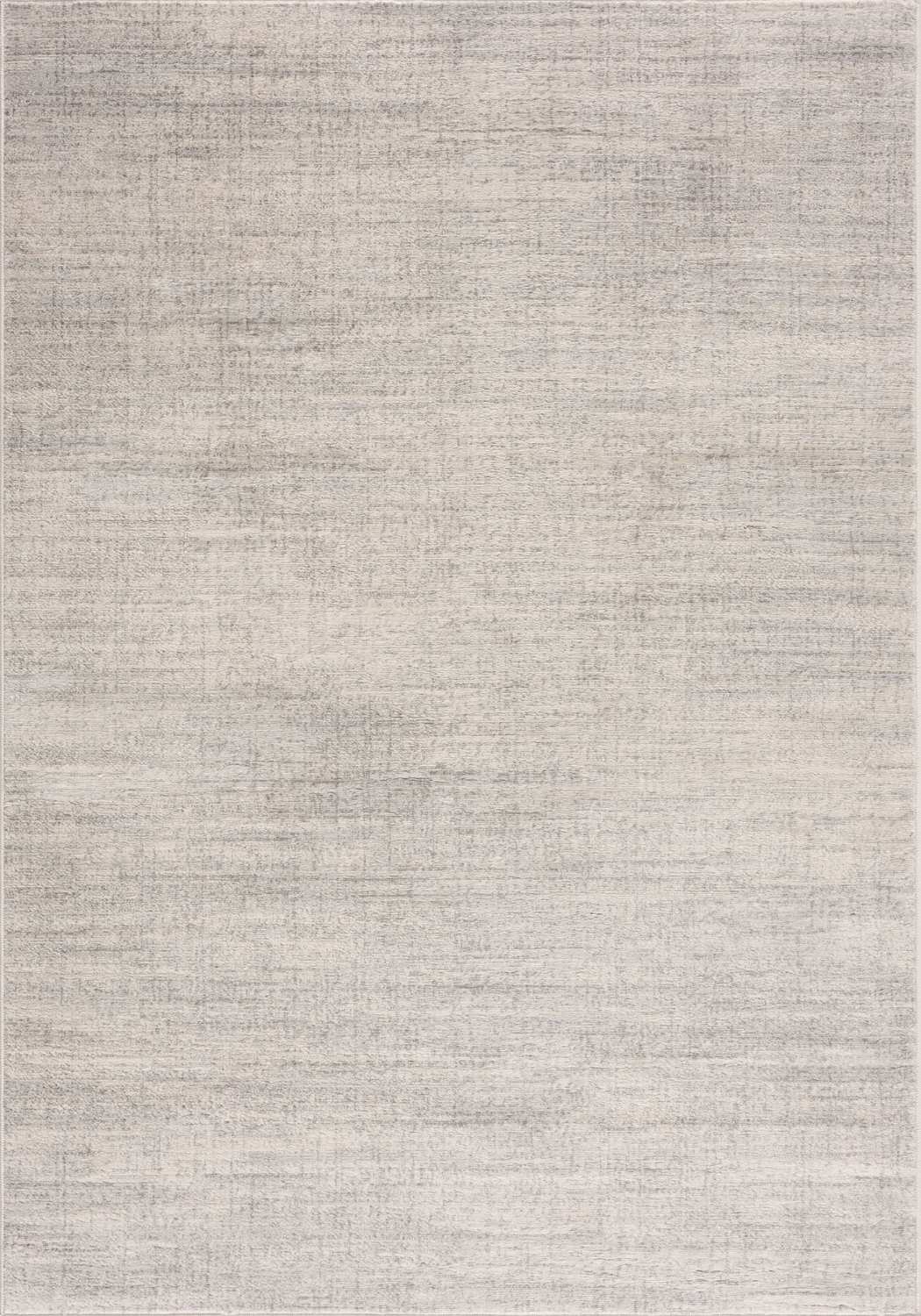

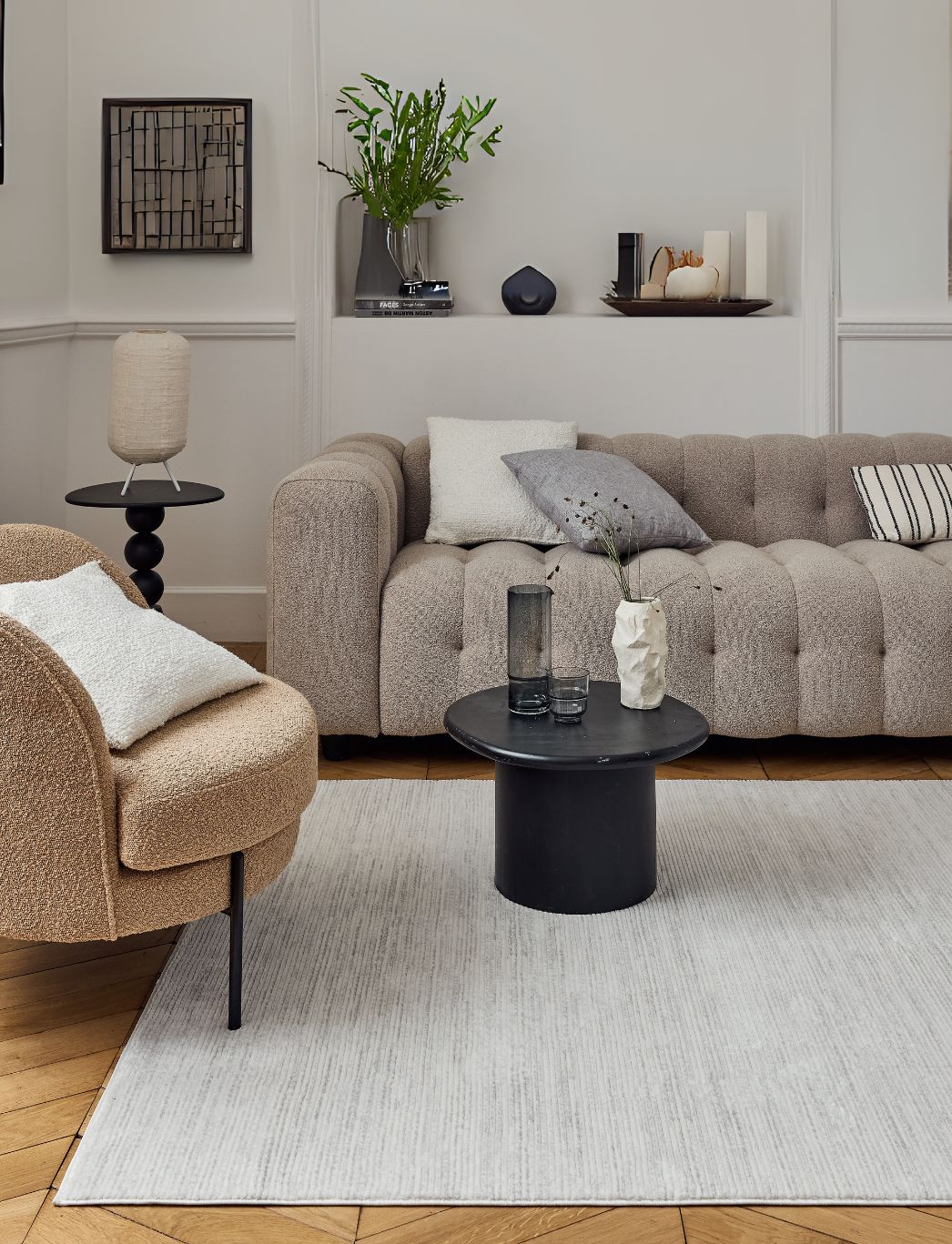
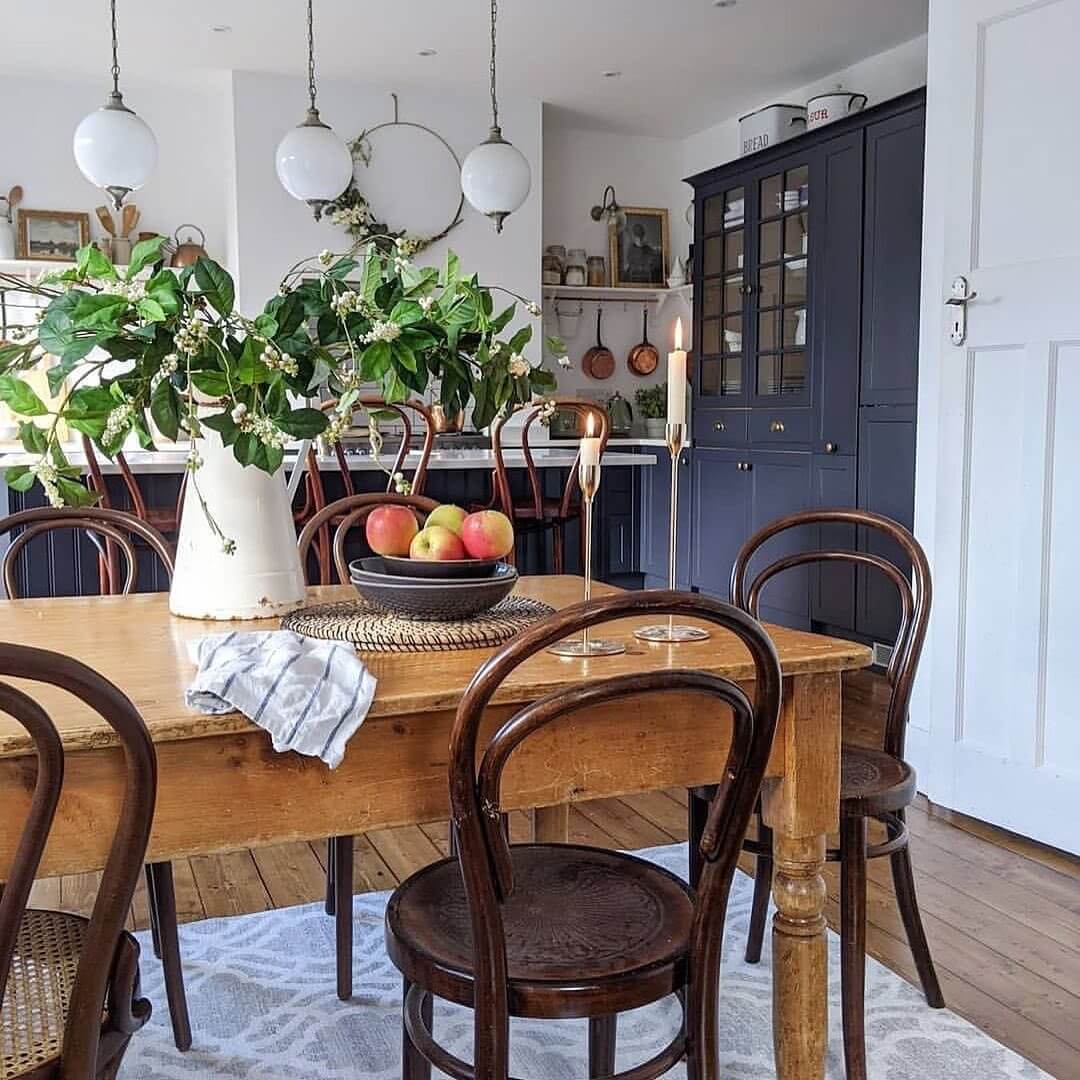
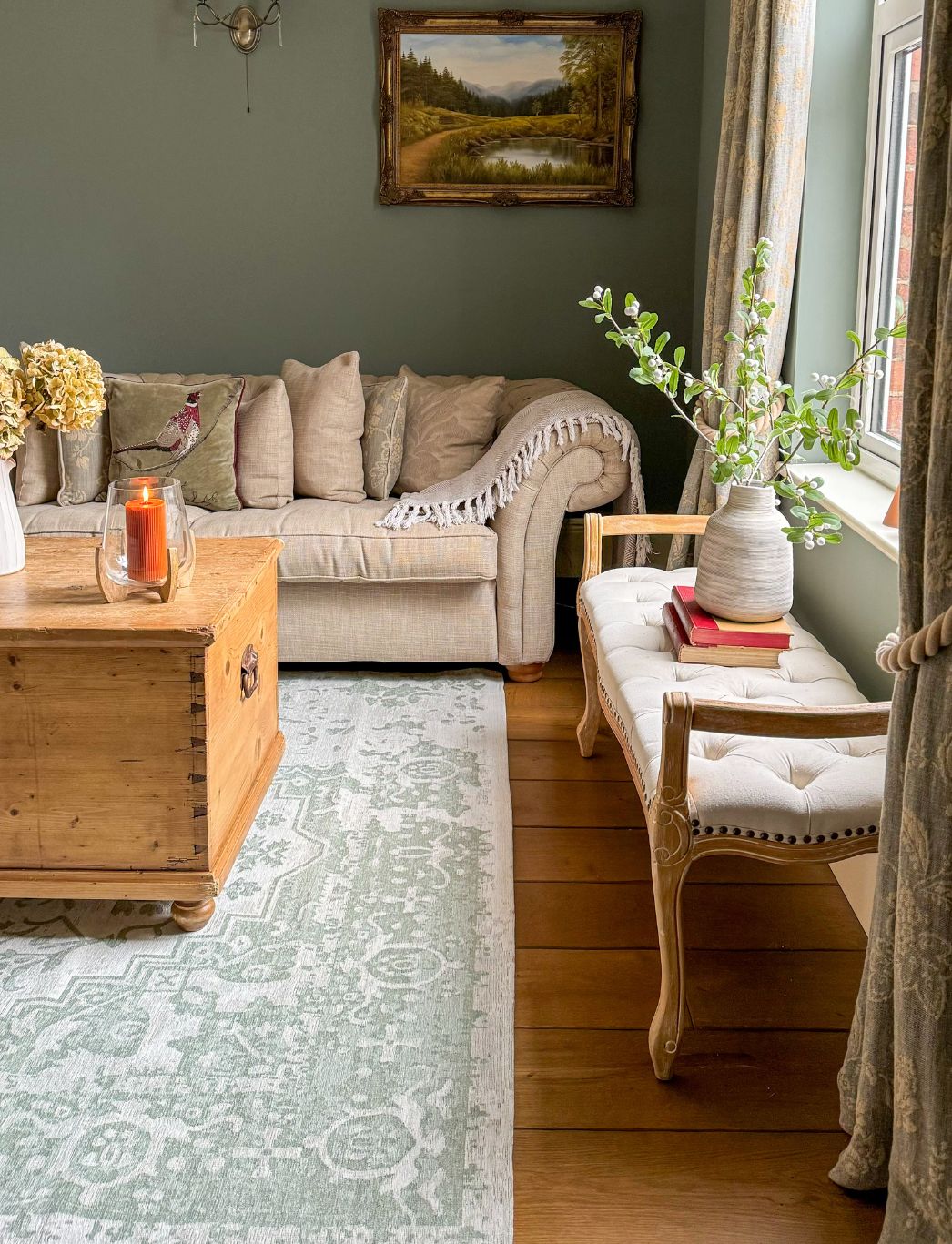
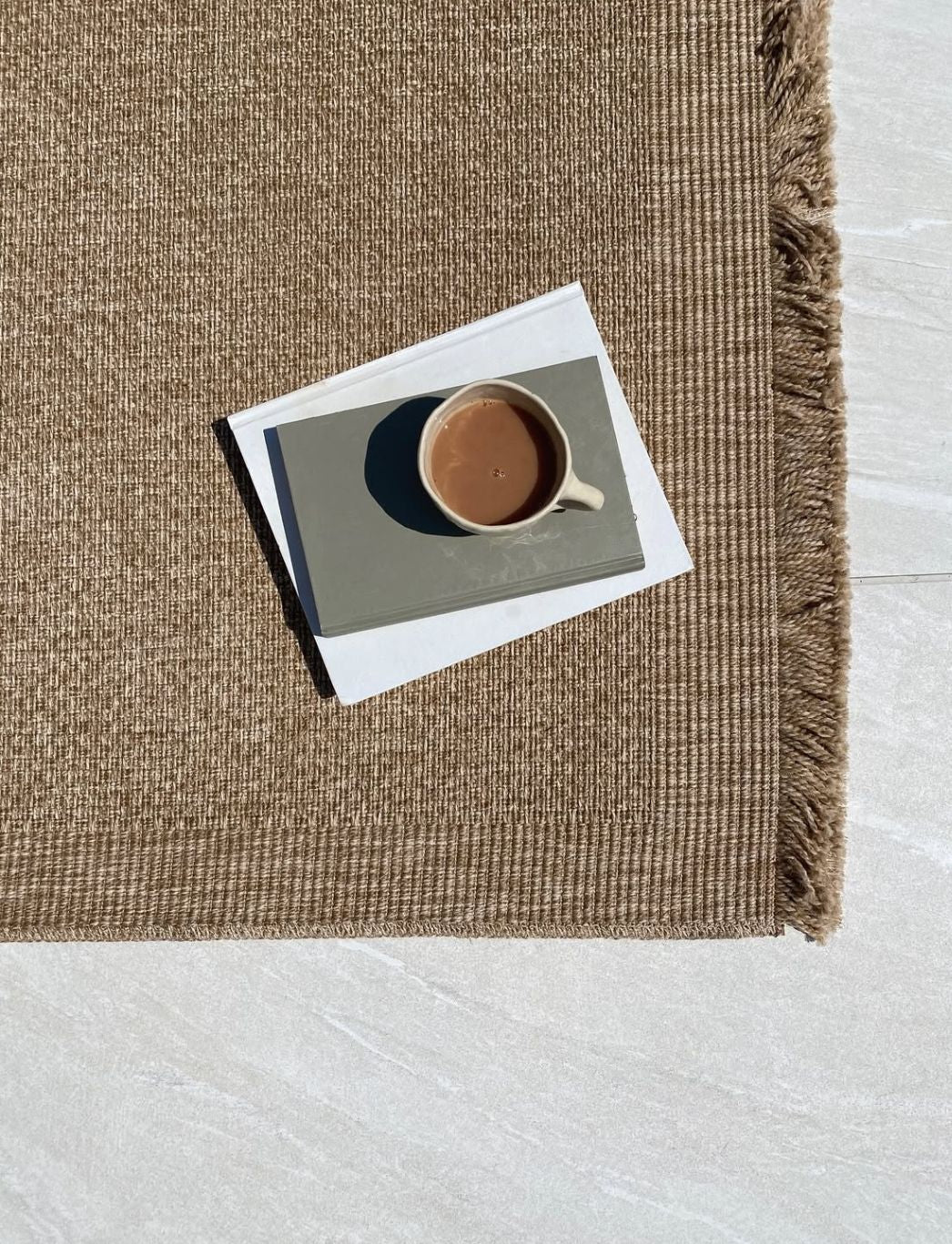
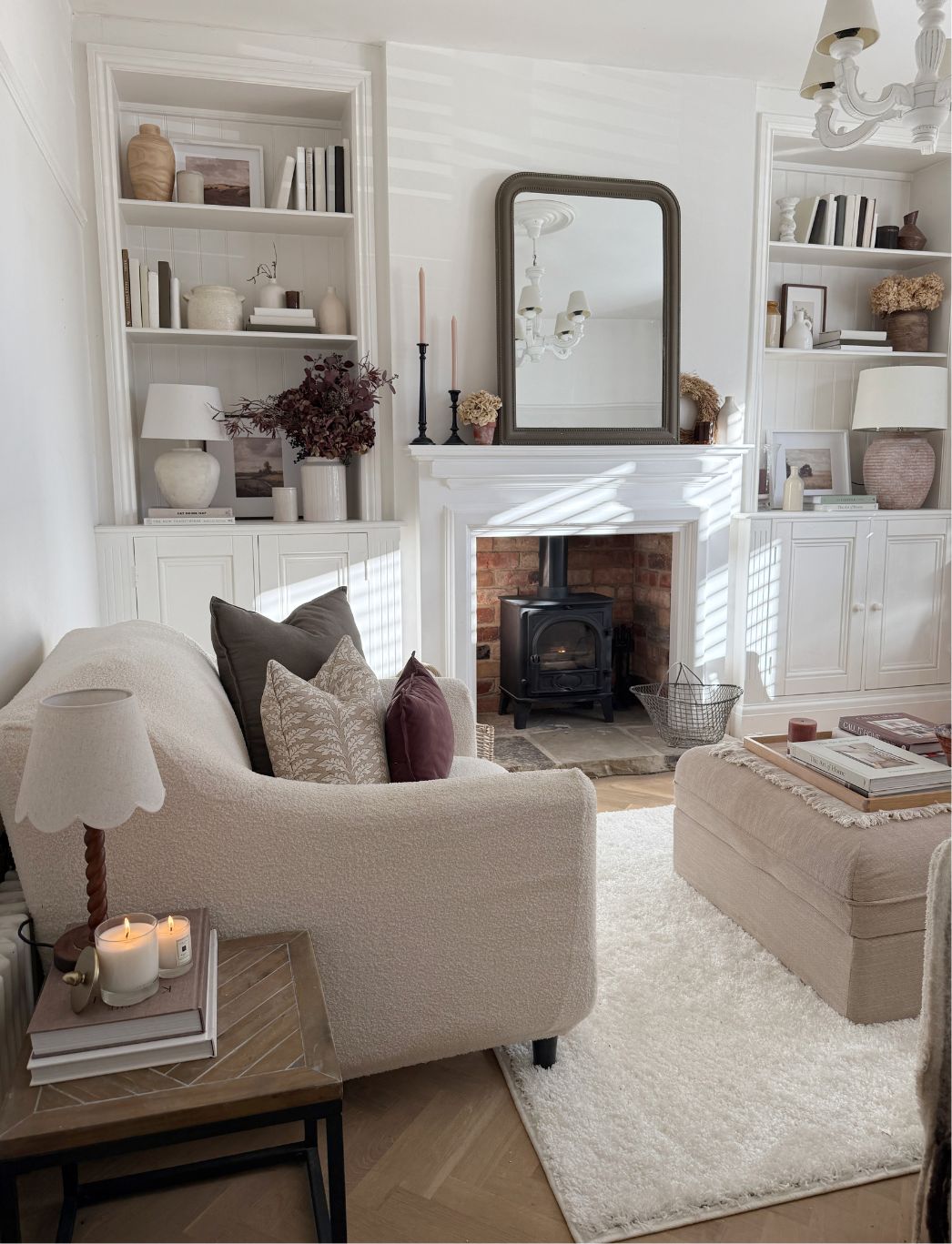
Leave a comment